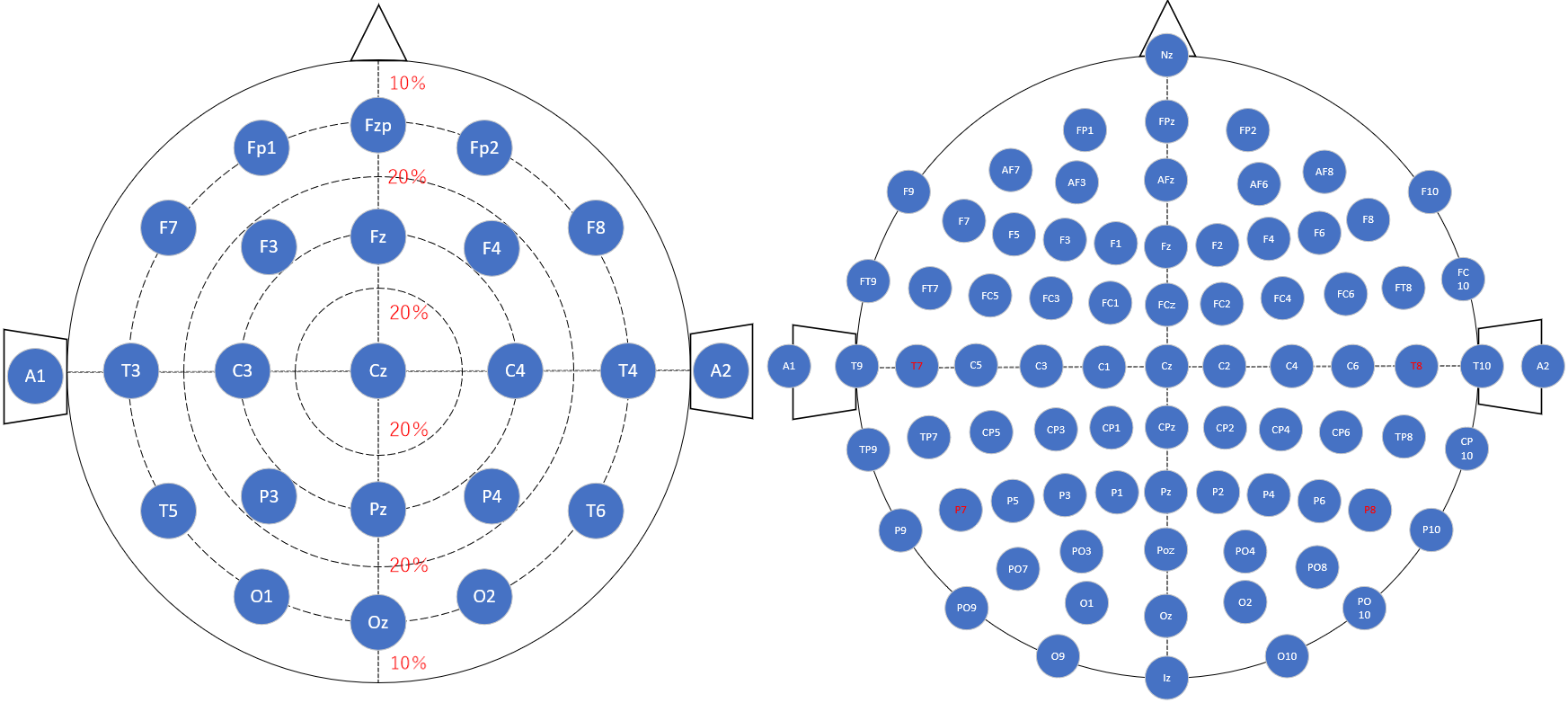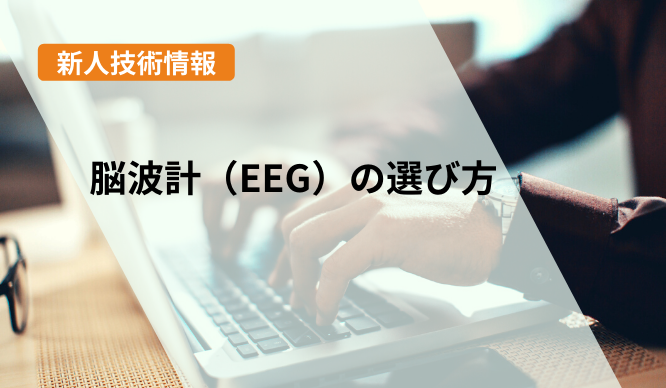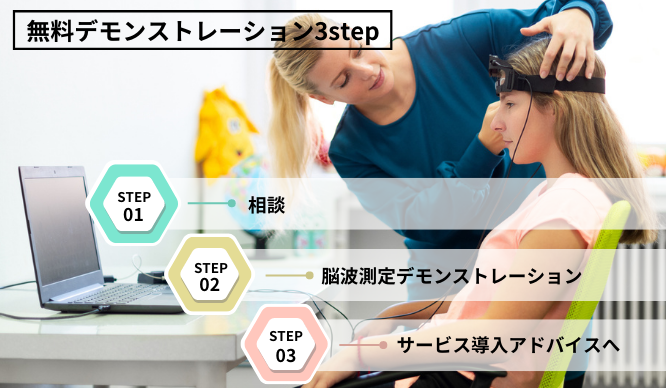Application for evaluation machine
Electroencephalography record of a novice technician Electrode placement method

Introduction
What is EEG? What is EEG? what do you know?
"Newcomer Technician's Electroencephalogram Measurement Notes", where newcomer engineers who started in such a situation post what they felt when they actually touched the EEG.
I'm going to tell you a raw voice that challenges without prior knowledge.
Electrode placement method
The principle of EEG measurement is to measure weak electrical signals emitted from synapse groups using electrodes placed on the scalp. In other words, the attachment method and characteristics of the electrodes placed on the scalp are important.
This time, I will explain how to arrange the electrodes.
Electrode placement method
The (international) 10-20 method recommended as an international standard by the International Federation of Electroencephalography and Clinical Neurophysiology (currently the International Federation of Clinical Neurophysiology), or 10% was expanded in 1991 to support multi-channel recording. It is common to place the sensor in any position of the law (extended 10-20 law). The advantages of the 10-20 method are as follows.
merit
・Because it is arranged according to the rules, the reproducibility of the position is high and it is easy to measure repeatedly.
-covers the cerebrum
・Designed to equalize the distance between each electrode
- Positioned based on anatomical location
The 10% method (extended 10-20 method) is based on the 10-20 method, but differs in the following two points.
・Changed the names of 4 sites that had inconsistent naming rules in the 10-20 method to consistent names (T3→T7, T4→T8, T5→P7, T6→P8)
・Additionally defined AF, FC, CP, PO (all on the midline)

Figure 1.10-20 method (left) vs 10% (extended 10-20) method (right)
|
Part name |
electrode name |
|||
|
frontal pole |
Frontal pole |
Fp1 |
Fzp |
Fp2 |
|
frontal |
Frontal |
F3 |
Fz |
F4 |
|
lower frontal |
Inferior Frontal |
F7 |
|
F8 |
|
center |
Central |
C3 |
Cz |
C4 |
|
top of head |
Parietal |
P3 |
Pz |
P4 |
|
Occipital |
Occipital |
O1 |
Oz |
O2 |
|
medial temporal |
Mid Temporal |
T3(T7) |
|
T4 (T8) |
|
posterior temporal |
Posterior Temporal |
T5 (P7) |
|
T6 (P8) |
|
earlobe |
Auricular |
A1 |
|
A2 |
Summary
In fact, most EEG products on the market are 10-20 or 10% compliant.
On the other hand, some products have sensors placed around or in the ear.
This is a product that specializes in detecting frequency components, so you should select it according to your application.
Free demonstration information
Would you like to actually measure brain waves?
What is the "skill transfer of experts" based on brain waves?
What is AI that learns brain wave-based human consciousness and judgment?
I think there are many unknowns, so why not try measuring brain waves first and experience what it's like?
If you are interested, please check the details from the button below.
Inquiry
If you have any questions regarding this article, please contact us below.
InnerEye manufacturer information Top
If you want to return to the InnerEye manufacturer information top page, please click below.
Disclaimer and Use of Information
This page is subject to change without notice.
Brain science is a field in which new research results are being announced every day.
Although every effort has been made to ensure the accuracy of the information, the published content may not be in line with the latest research results.
Please make a comprehensive judgment after referring to various papers.
Also, please note that we are not responsible for programs created based on the content posted on this page.



